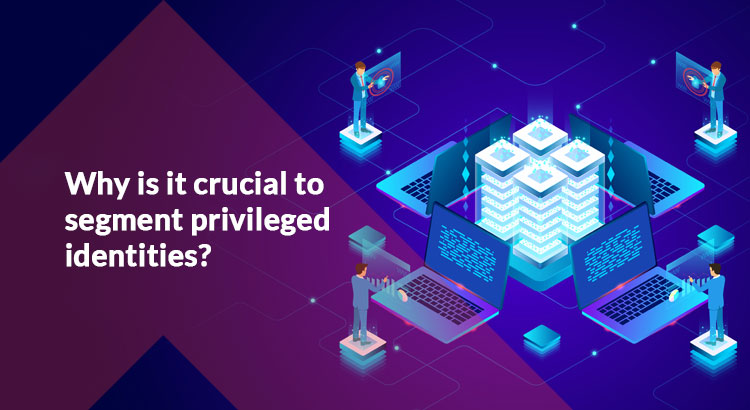Overview
Can we think of an organization that does not have any segmentation of departments like marketing, finance, HR & Administration? The answer is probably NO – even if there is, the organization can never ensure systematic day to day activities. We don’t need to explain the importance of segregating the employees in various departments as per their roles. Similarly, an enterprise IT ecosystem requires a proper segmentation of a set of digital identities. It ensures role-based access to devices and target systems by authorized users assigned for a defined task.
Why Segmentation is must today
Today modern enterprises are adopting digital means for every bit of function and operations. They want to automate processes and make the IT ecosystem agile. However, in the process of digitalization, there is a proliferation of privileged identities. As a result, managing whole set identities becomes extremely challenging for an IT administrator unless there is a proper segmentation of the network and the privileged identities. This rule and role-based policy help the organization to define the tasks and remove any kind of ambiguity regarding who is doing what with an underlying set of digital identities. To know more in details, you can refer to our exclusive Newsletter on Zero Trust Privileged Access Security redefined by ARCON | PAM.
Benefits of Segmenting Identities
- Overall systematic IT infra and datacenter approach: Any enterprise always looks for a systematic approach within its IT infrastructure and datacenters. Best Privileged practices such as segmentation of identities make the administrators’ job easier as it enables seamless monitoring of the user activities. It helps in defining and segregating the set of privileged accounts (users/ user groups, services, service groups) that are meant for different target devices or systems.
- Protecting the endpoints: Unprotected endpoints are the major entry doors for malicious actors to gain illegal access to critical systems and steal confidential information. Therefore it is highly advisable to maintain the segmentation of the network at the endpoint level to avoid any kind of unauthorized access. ARCON | Endpoint Privilege Management ensures endpoint security by segmenting users based on their roles and responsibilities.
- Special focus on user role & responsibilities: The privileged users in an enterprise environment should have a segmented workstation to access privileged accounts in the network. When the roles and responsibilities of these privileged identities found in different workstations are pre-defined, it helps the administrators to monitor, control and manage the activities. The IT security staff can identify and remove any suspicious activity happening in the network periphery in real-time.
The Bottom Line:
Nowadays, large and mid-scale organizations across the globe are adopting the Zero Trust Privileged Access Security Framework to strengthen IT security infrastructure. Segmentation of the privileged identities which ensures “least privilege principle”, is the first step towards achieving the Zero Trust Security model.
ARCON is a leading enterprise risk control solutions provider, specializing in risk-predictive technologies. ARCON | User Behaviour Analytics enables to monitor end-user activities in real-time. ARCON | Privileged Access Management reinforces access control and mitigates data breach threats. ARCON | Secure Compliance Management is a vulnerability assessment tool.

